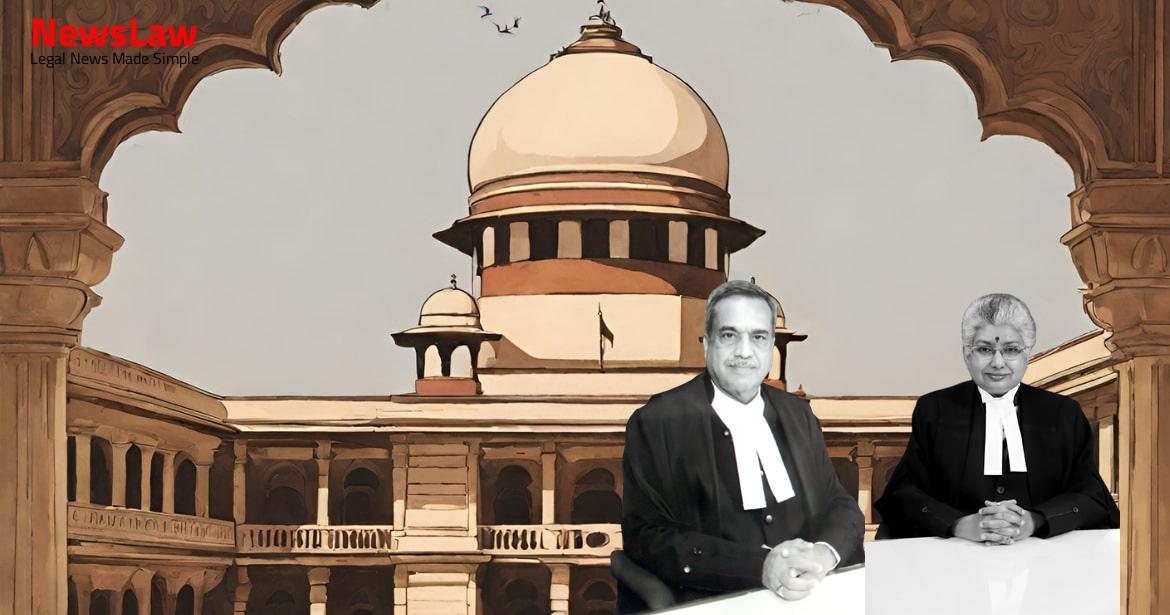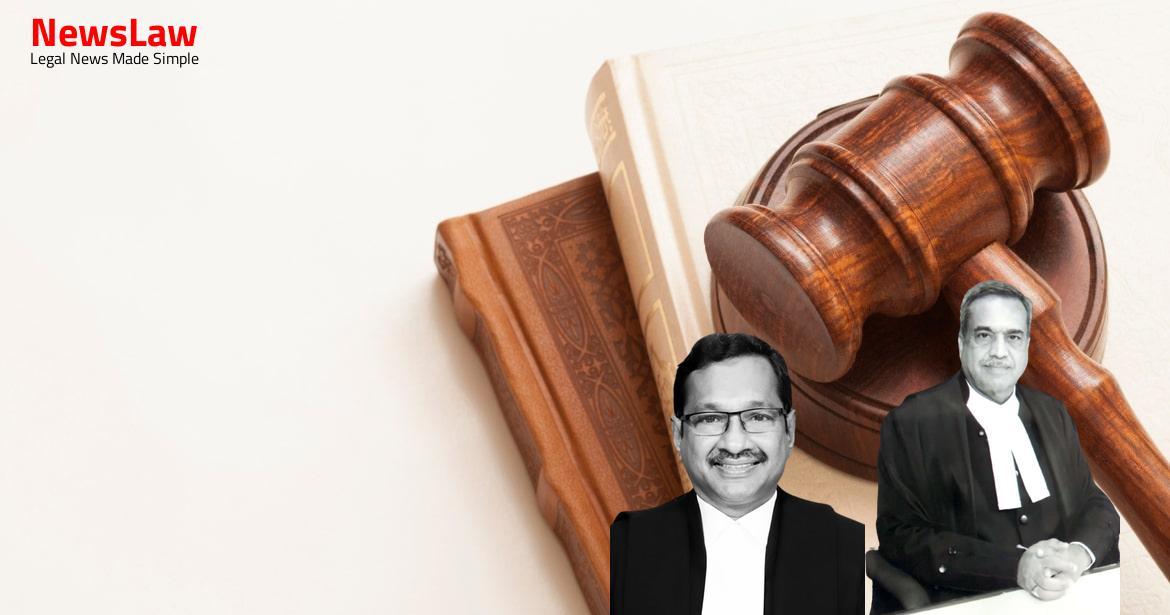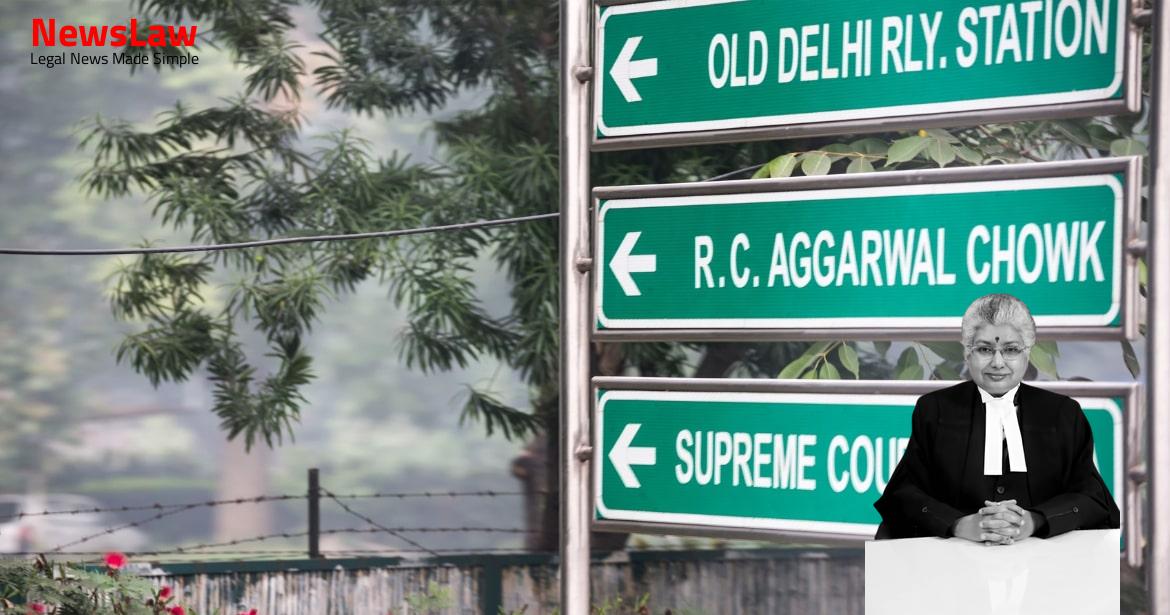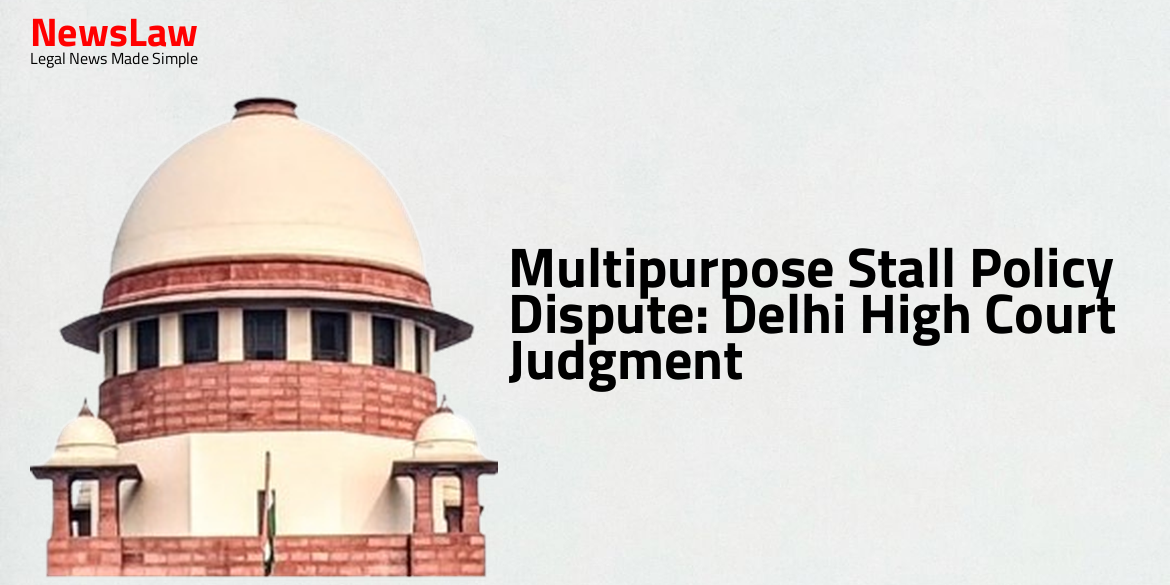Exploring a recent legal case involving a boundary dispute, where the court delved into the jurisdictional aspects of the matter. The court’s detailed analysis led to a restriction on the plaintiffs’ boundary extension beyond 2 acres and 35 cents, as per previous judgments. This summary highlights the importance of understanding court jurisdiction in property-related disputes.
Facts
- The High Court allowed the second appeal and decreed the suit
- The High Court set aside the concurrent findings of both Courts below
- Defendant Nos. 1 to 3 were held to not have more than 10 cents of land as kudikidappukars
- Plaintiffs were deemed entitled to put up the boundary as per the Commissioner’s Plan and Report beyond the excess of 10 cents land
- Original owner filed O.S. No 833 of 1961 to declare title and possession of A schedule land.
- Plaintiffs filed O.S. No. 640 of 1970 for recovery of buildings on A schedule land.
- Plaintiffs filed O.S. No. 665 of 1988 for boundary in B schedule Items 1 and 2.
- First plaintiff is wife of original owner and plaintiff Nos. 2 to 5 are his children.
- Land Tribunal found defendants entitled to kudikidappu rights in earlier suit.
- Compromise resulted in gift of C schedule property to defendant’s son.
- Original plaintiffs filed Second Appeal No. 39 of 2000 against dismissal of suit.
- Defendants claim perfected title over property exceeding 10 cents.
- Plaintiffs appealed against rejection of claim in building on C schedule.
Also Read: Challenging Legal Presumptions in Negotiable Instrument Cases
Issue
- The substantial question of law raised in this case is whether the suit can be dismissed on the ground that defendants have not obtained pattayam from the Land Tribunal.
- The plaintiff has admitted that the defendants are in possession of B and C schedule properties.
- The appeal was admitted based on substantial questions of law, including whether the lower court should grant a decree to the plaintiff for boundary separation of D schedule from B and C schedule, and whether the suit dismissal can be valid on the ground of not praying for property recovery from the receiver.
- The decision on whether putting up a boundary for the D schedule property can be rejected on the basis that it is in the possession of the receiver on behalf of the plaintiff is also under consideration.
Also Read: Legal Analysis of Admission Irregularities in Educational Institutions
Arguments
- Predecessor-in-title of the plaintiffs was held to be entitled to plaint A schedule land to the extent of 2 acres and 35 cents in previous litigation.
- Plaintiffs can protect their possession by putting up a boundary wall/fence only within 2 acres and 35 cents.
- They have no right to put up any boundary wall/fence beyond 2 acres and 35 cents.
- Original plaintiffs can put up the boundary wall/fence within 2 acres and 35 cents.
Also Read: Legal Analysis: Driver Appointment Dispute
Analysis
- Plaintiffs are seeking permission to put up a boundary wall/fence beyond 2 acres and 35 cents, which they are not entitled to as per earlier court findings.
- Allowing the plaintiffs to go beyond 2 acres and 35 cents would contradict the previous judgment in O.S. No. 833 of 1961.
- High Court’s assessment that defendants are entitled to only 10 cents as kudikidappukars in this boundary wall/fence case is not within its jurisdiction.
- Even if the plaintiffs are in possession of 2 acres and 77 cents, any possession beyond 2 acres and 35 cents is unauthorized.
- Permission for the plaintiffs to enclose land beyond 2 acres and 35 cents would grant them title beyond what was decided in the earlier case.
- Plaintiffs are advised to protect their possession by limiting the boundary wall/fence to 2 acres and 35 cents as granted in the previous judgment.
Decision
- The impugned judgment and order passed by the High Court is unsustainable
- The judgment and decree passed by the Trial Court confirmed by the First Appellate Court is restored
- The present appeal is allowed with no order as to costs
Case Title: RAGHAVAN SASIKUMAR Vs. PARAMESWARAN NADAR SATHYANANDHAN NADAR, KANAKOTTU PADIPPURA VEEDU (2022 INSC 773)
Case Number: C.A. No.-004837-004837 / 2022



